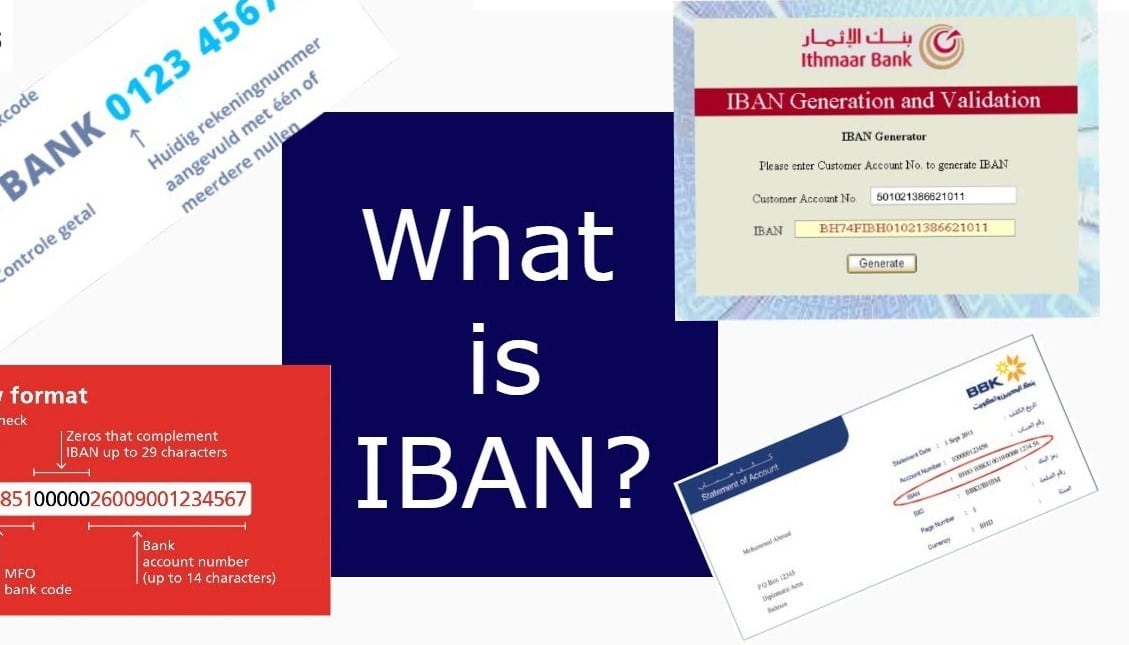1.4K
Most bank customers certainly know that the IBAN has replaced the former account number. But what the IBAN is made up of, or how it is made up, is perhaps not so well known. Yet it is structured according to a very clear scheme.
IBAN – that’s what’s behind the code
Once you understand the system, the question of what the IBAN is is basically self-explanatory. The International Bank Account Number replaced the previously valid account numbers a few years ago. Due to an EU regulation, the IBAN and the BIC have been mandatory for a bank account since February 2014.
- The enthusiasm about the changeover is likely to have been limited for most account holders, because the IBAN contains more information than the previously common account number. Of course, this information needs space and therefore the IBAN consists of 22 numbers and letters
- The first two digits of the International Bank Account Number are the country code. The following two characters contain a check digit.
- The remaining 18 characters of the IBAN are the Basic Bank Account Number. The Basic Bank Account Number, usually abbreviated as BBAN, contains the eight-digit bank code (formerly BLZ) and your ten-digit account number.
- If your account number has less than ten digits, the missing numbers in the IBAN are filled with zeros.
BIC and IBAN – two that belong together
In addition to the IBAN, you have also been confronted with the BIC for money transactions since 2014. The abbreviation BIC stands for Business Identifier Code.
- The Business Identifier Code (BIC) has replaced the previously valid bank sort code and consists of eight or eleven alphanumeric characters. The first four characters represent the bank code, the next two characters represent the country code and then the two-digit city code. The last three characters are optional and indicate the branch or a department of the financial institution.
- For all money transactions, such as transfers and direct debits, you usually have to state the BIC in addition to the IBAN. Therefore, the International Bank Account Number and the Business Identifier Code belong together just as the bank sort code and the account number used to.
